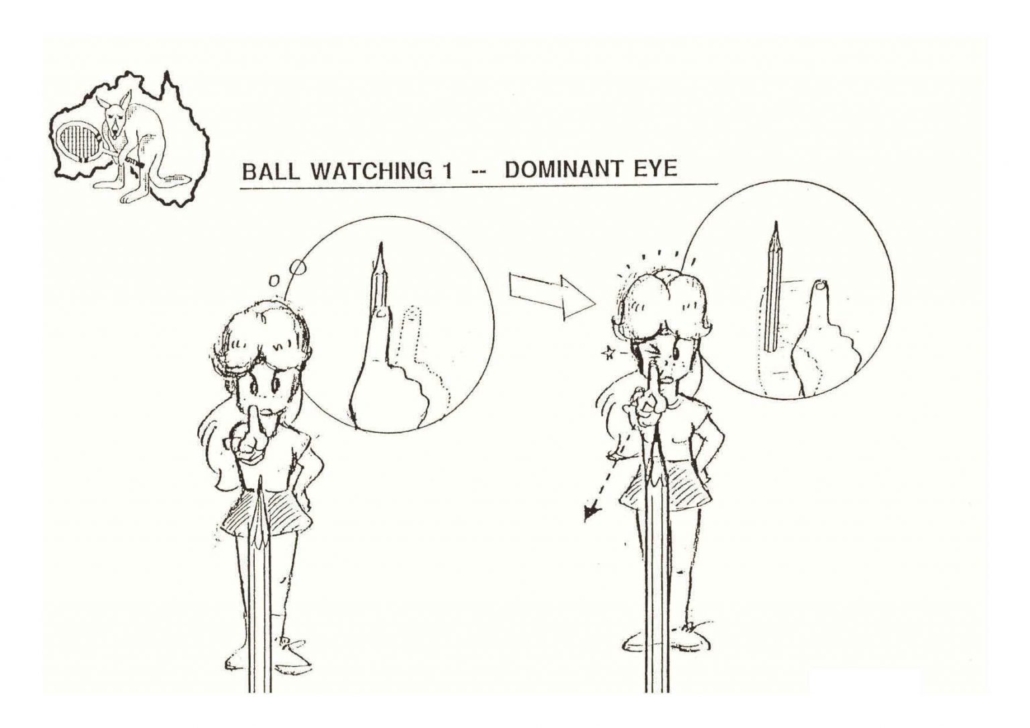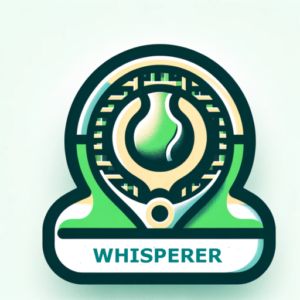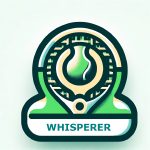How to Really Watch the Ball in Tennis
How to Really Watch the Ball in Tennis
Stats don’t lie. Over 90% of tennis errors stem from not truly watching the ball. That number might seem exaggerated—until you break down what it actually means.
Most players see the ball in their peripheral vision, but they’re not watching it. Seeing is passive. Watching is intentional. It’s about tracking the ball with purpose, depth, and anticipation. And it’s one of the most overlooked, yet most critical, skills in high-level tennis.
To build this skill, you need more than just advice. You need mechanics. Here’s how to turn visual tracking into a trained performance habit.
Use Both Eyes — Break the Dominance Trap
Many players unconsciously rely on their dominant eye. That creates imbalance and limits depth perception—especially when tracking fast or spinning balls.
You can train both eyes to work in sync:
-
Patch the dominant eye during warm-up drills to strengthen the non-dominant side.
-
Use our ball can exercises to practice using both eyes—not just the one your brain prefers.
Depth perception, tracking accuracy, and timing all depend on full binocular function. One lazy eye costs you clarity, especially at speed.
Learn more about eye dominance

Watch the Seams — Focus on What Matters
The best players don’t just track the ball. They zero in on the seams.
That level of visual focus does several things:
-
Sharpens timing by forcing precise eye discipline.
-
Enhances contact quality by narrowing focus to the ball’s spin and rotation.
-
Anchors attention under pressure, reducing mental noise.
You can develop this focus by shadow swinging with a suspended ball. Try to follow the seams as the ball swings, and then replicate that focus during hitting sessions.
Seeing spin isn’t a magic trick—it’s a skill that starts with your eyes.
Move Your Eyes, Not Your Head
Turning your head to follow the ball is too slow and disrupts your balance. Every fraction of a second counts—so lead with your eyes, not your neck.
Train your eyes to move quickly and independently:
-
Practice rapid eye movements between fixed points off-court.
-
In practice, notice if you’re turning your head to follow shots—then adjust.
This alone can buy you precious time, improve footwork efficiency, and help you stay balanced through transitions and recovery.

Sync with Prep Step and Cross-Over Step
Elite vision only helps when it’s aligned with movement.
-
Use your prep steps to keep balance and mobility while watching the ball in detail.
-
Execute your cross-over step as your opponent strikes, so your eyes and body arrive at the next move together.
When your vision and footwork are synced, anticipation improves dramatically. You’re no longer reacting—you’re reading and moving early.
Wrap: Eyes First, Body Follows
If you want fewer mishits, better timing, and smarter court coverage, train your vision like any other weapon in your game.
Most players don’t lose points because of bad technique—they lose because their eyes are late, lazy, or misdirected.
Train both eyes. Watch the seams. Let your eyes lead.



